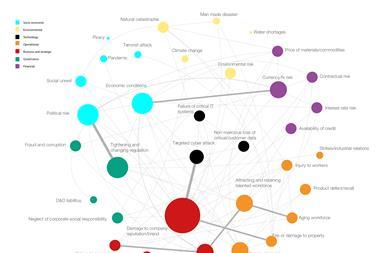Defining risk appetite is the first step in successfully retaining risk

Defining their risk appetite is key for companies to be able to effectively manage their risk exposure, according to Holger Kraus, head of insurance risk financing at Siemens Financial Services.
Speaking to StrategicRISK ahead of today’s session on Risikoeigentragung im Unternehmen – Konzeption und Umsetzung, Kraus says risk managers should speak to the relevant parties within the business to find out what kind of retention level they feel comfortable with.
Following that, the company needs to decide if it is going to take a strategic or opportunistic approach towards risk retention.
“Companies going down the strategic route generally want to retain the frequency and volatility losses and only transfer the cat losses to the insurance market, pretty much regardless of the market’s pricing levels,” Kraus notes.
Corporates with an opportunistic strategy, on the other hand, would generally look, on an annual basis, for the best deal in the market and move retention levels accordingly – if the market is very soft, they buy insurance and maintain very low retention levels, but increase risk retention if the market hardens again.
The reasons why corporates end up retaining more risk vary widely, but can be categorised in either forced risk retention or voluntary risk retention.
“If it’s voluntary then it’s really about the strategy of a company and how it deals with the financing of its risks to realise cost efficiencies,” Kraus says. “When retaining more risk, you avoid certain costs associated with buying insurance such as insurance premium tax.”
An increased degree of transparency can also play a role. “If you retain the risk you usually have very timely data at hand and you don’t depend on the insurers to provide that data, especially if you use a captive. That is an increasingly important issue, especially with regards to employee benefits risk financing. Large international companies in particular are now moving more into retention schemes for employee benefits,” Kraus explains.
Voluntarily risk retention can also be motivated by wanting to provide an incentive to the operational businesses to look after their risk diligently, as they directly feel the financial impact of every loss, he notes.
On the other hand, companies can also be forced to retain more risk. This can either be because of a very poor loss history, which often results in insurers imposing certain levels of retention, or because adequate insurance cover is not available in the market.
“I think the latter holds true especially for emerging risks such as cyber where sometimes only limited insurance capacity is available and where the market is still developing,” Kraus says.




















No comments yet